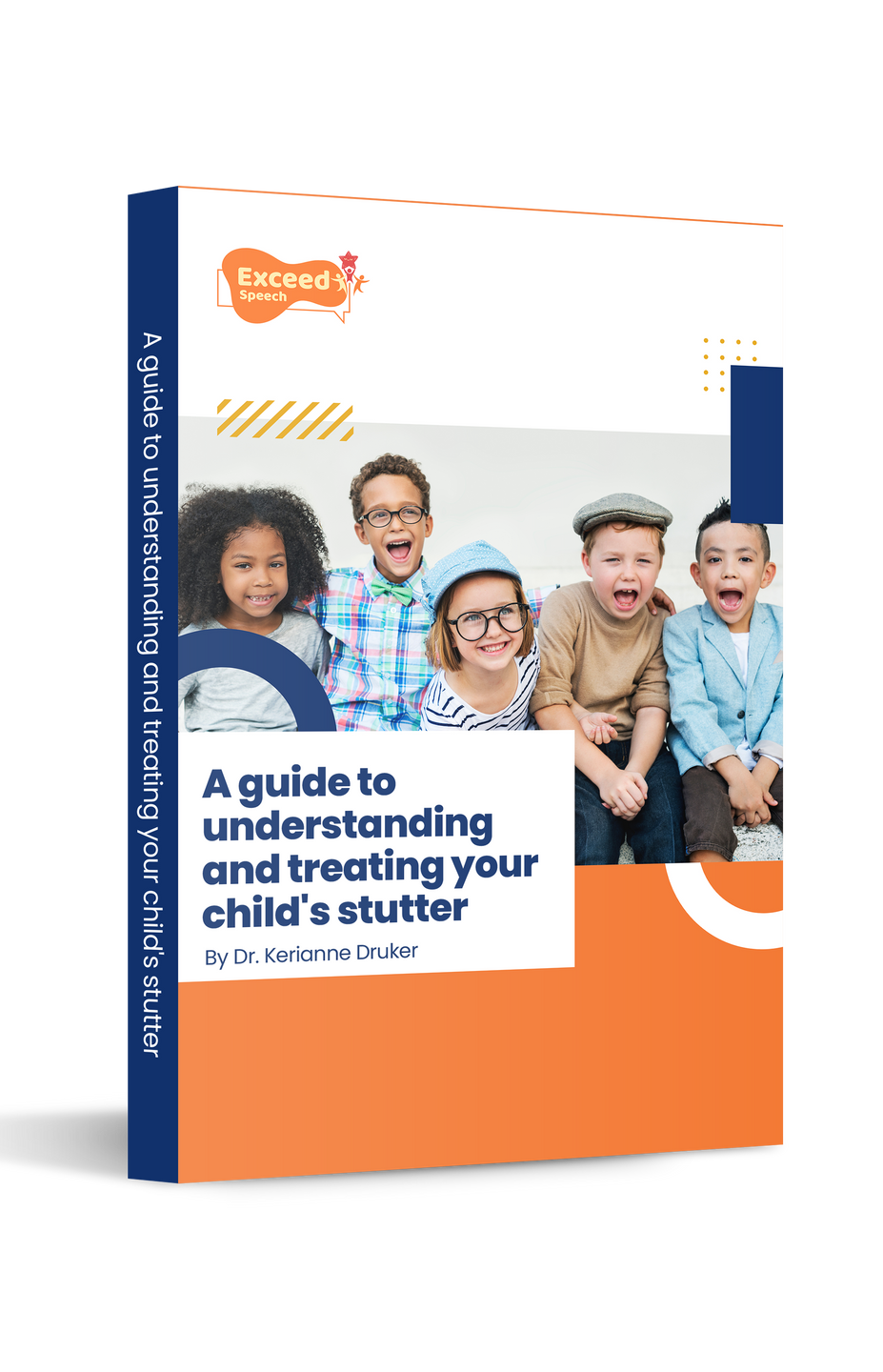Robust Theme
Dec 09, 2019 2020-04-08 7:40Robust Theme
4 factors known to influence a child’s stutter

If your child has recently started to stutter, it can be very concerning as a parent. Many parents want to understand what exactly has caused the stuttering to start, and why it gets worse in certain situations.
A child usually starts stuttering because of a genetic link. This cannot be helped or avoided by parents, so there is no need to feel guilt or regret about specific events that you think could have prompted your child to start stuttering. However, once the stutter starts, there are a number of different external or environmental factors that may be having an effect on your child’s stutter. It’s important to understand which of these factors are having an impact on your child, as this will form part of the treatment to help them overcome their stutter.
These factors can influence:
- the type of stutter your child makes
- the severity or frequency of your child’s stutter
- your child’s emotions related to their speech
- your child’s confidence and attitudes about their speech.
In this article, we’ll look more closely at the factors that affect a child’s stutter once it begins.
Factors that influence your child’s stutter
According to world renowned stuttering specialist, Professor Woodruff Starkweather, there are four main environmental factors or pressures that can influence a child’s stutter. These include emotional, language, motoric and cognitive factors. Below is a description and examples of each of these factors.
- Emotional factors – feelings or emotional reactions your child has when talking, e.g., anger about sharing a toy.
- Language factors – complexity of language your child is using while talking, e.g. sentence length.
- Motor factors – the amount of pressure placed on the speech system when talking, e.g., fast talking.
- Cognitive factors - level of processing or thinking needed when talking, e.g., explaining instructions to a friend about how to play a game would require more complex thought processes than counting to 10.
It is worth noting when your child’s stutter is most severe, as this will help you to determine what factors, or combination of factors, are influencing your child’s stutter.
To do this, record the time of day as well as the event/situation where you find your child’s stutter increases. This can help you to identify a specific pattern of factors that influence stuttering for your child. For example, a child whose stuttering increases on the car ride home from kindy while telling you stories about their day may be influenced by language demands (i.e. having to retell all the details of the story), as well as motoric demands (i.e. being tired at the end of the day).
Factors that can make your child’s stutter more severe or frequent
Understanding the different factors in your child’s environment that can influence their stuttering is critical. Being able to identify and potentially reduce some of these environmental factors or pressures is often a turning point in a child’s journey with stuttering. This is because immediately reducing some of these environmental factors can help your child to stutter less, and may reduce the negative feelings your child is likely to associate with their stutter.
We’ve put together a comprehensive eBook that will help you understand why your child stutters. The eBook focuses specifically on emotional factors that can put pressure on your child’s speech system, as well as the link between stuttering and behaviour. Find out more.
In summary
It is important to identify what factors exacerbate your child’s stutter to provide them with the best support. Environmental factors can be cognitive, language, motor or emotional.
Stuttering treatment will work to reduce the environmental demands, to help reduce the amount of pressure on your child’s speech. Early intervention for stuttering is very important, and specialist support should be accessed as soon as possible.

Free eBook
A guide to understanding and treating your child’s stutter
Take a sneak peak of what the Stuttering Toolkit has to offer, and learn about the treatment principles that have proven successful for more than 90% of children who stutter.
Get Free eBook

